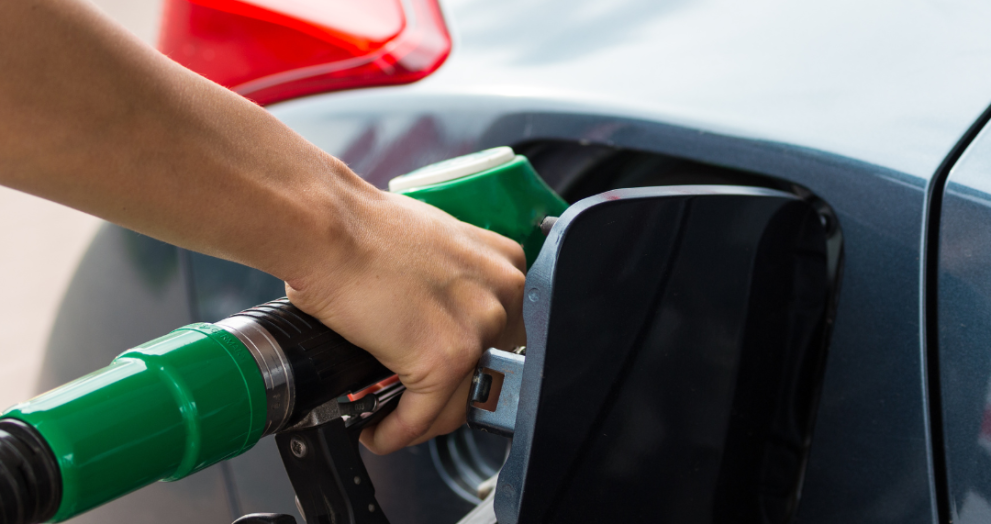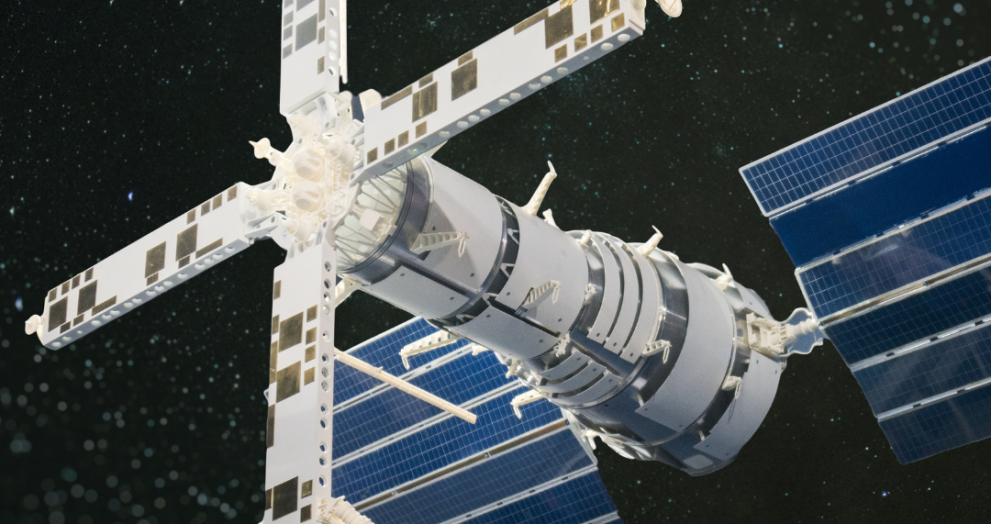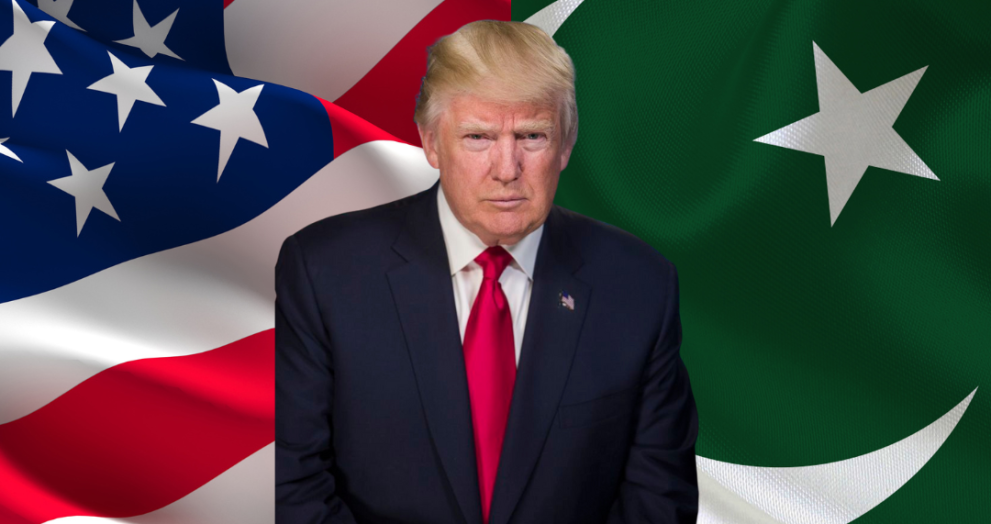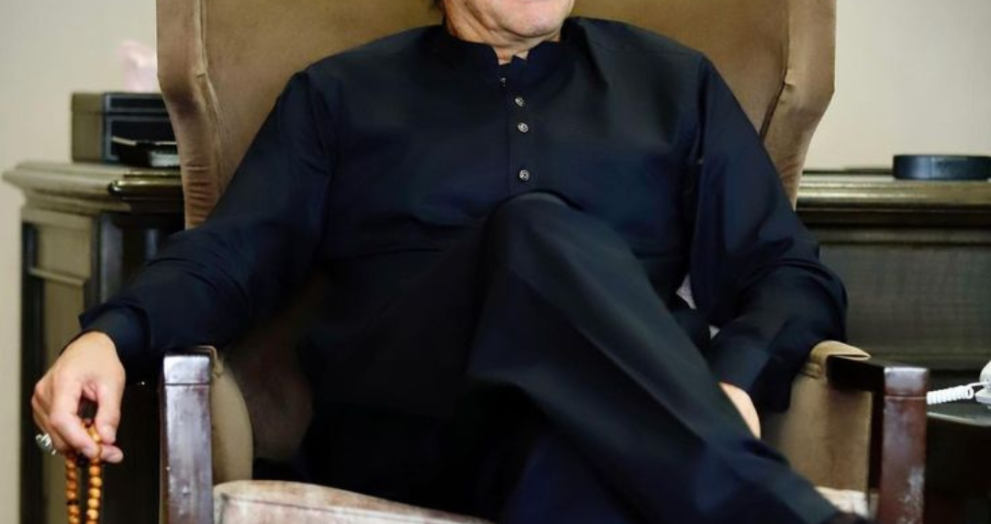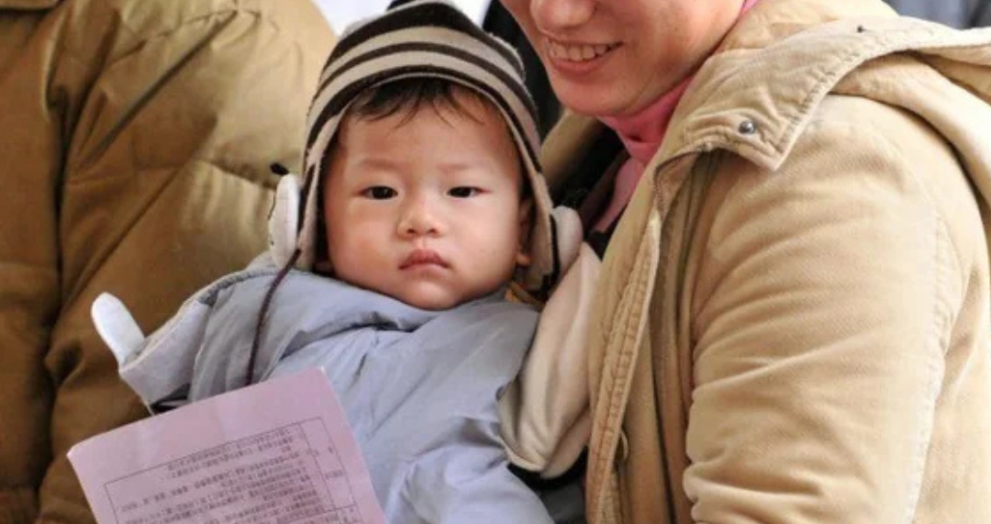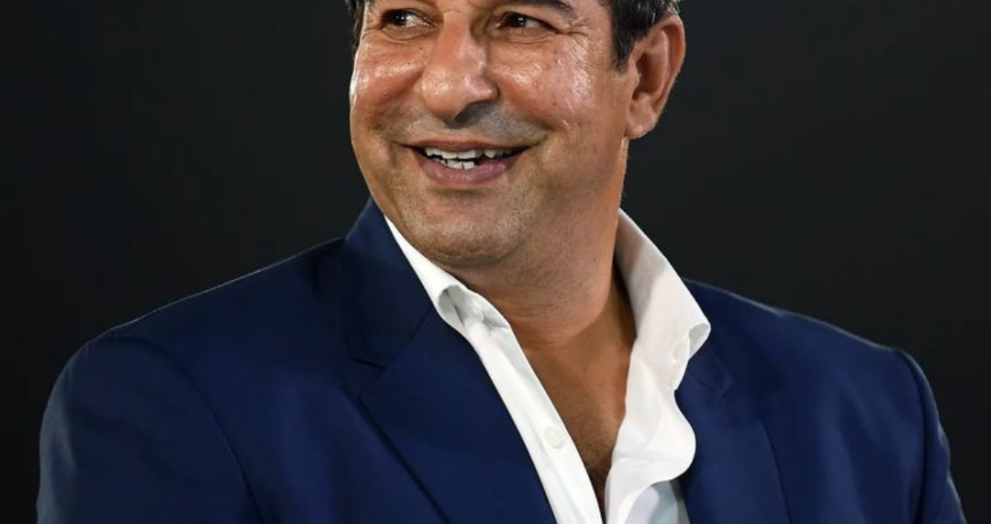Government Cuts Petrol Price by Rs7.54, Offers Relief on LPG
In a welcome development for consumers, the federal government has reduced the petrol price in Pakistan by Rs7.54 per litre for the upcoming fortnight. The previous rate was Rs272.15, however as of August 1, it is now Rs264.61 per litre. This represents a change from the current pricing pattern and is beneficial to both the transportation industry and drivers. However, while petrol users enjoy the price cut, the cost of high-speed diesel (HSD) has seen a marginal increase. HSD’s price has been raised by Rs1.48, making it now Rs285.83 per litre instead of the previous Rs284.35. The Finance Division has announced that this price change will be in force for the next fifteen days. The decision was made after evaluating international oil market dynamics and exchange rate fluctuations, and was based on the recommendation of the Oil and Gas Regulatory Authority (OGRA) along with other relevant government departments. Fuel prices in the country are assessed bi-monthly. This mechanism allows the authorities to align domestic prices with shifts in global oil prices and local economic factors. In the previous review, the petrol price in Pakistan had been increased by Rs5.36 per litre, whereas diesel had seen a sharper jump of Rs11.37 per litre. The latest changes signal a possible stabilization in global oil trends or favorable currency movements. A significant LPG price cut has also been announced by OGRA in addition to the gasoline adjustment, giving households across much-needed respite. The new tariff for LPG is Rs215.36 after a reduction of Rs17.74 per kilogram. Consequently, the price of the ordinary 11.8-kilogram household cylinder will drop from Rs2,750.60 in July to Rs2,541.36 in August. This LPG price reduction is a significant development, particularly for low- and middle-income households who rely heavily on gas cylinders for daily cooking and heating needs. OGRA emphasized that this revision reflects a downward trend in international LPG prices and is part of efforts to ease inflationary pressures on the public. With fuel and gas being essential commodities, these pricing adjustments play a critical role in shaping the cost of living and overall economic sentiment. The dual revision – a notable petrol price in Pakistan reduction and the generous LPG price reduction – comes as a relief amid ongoing concerns over inflation and high utility expenses. As the fortnightly review system continues, all eyes remain on international oil markets and exchange rate movements. The next pricing cycle will reveal whether this short-term relief transforms into a longer trend of affordability.


